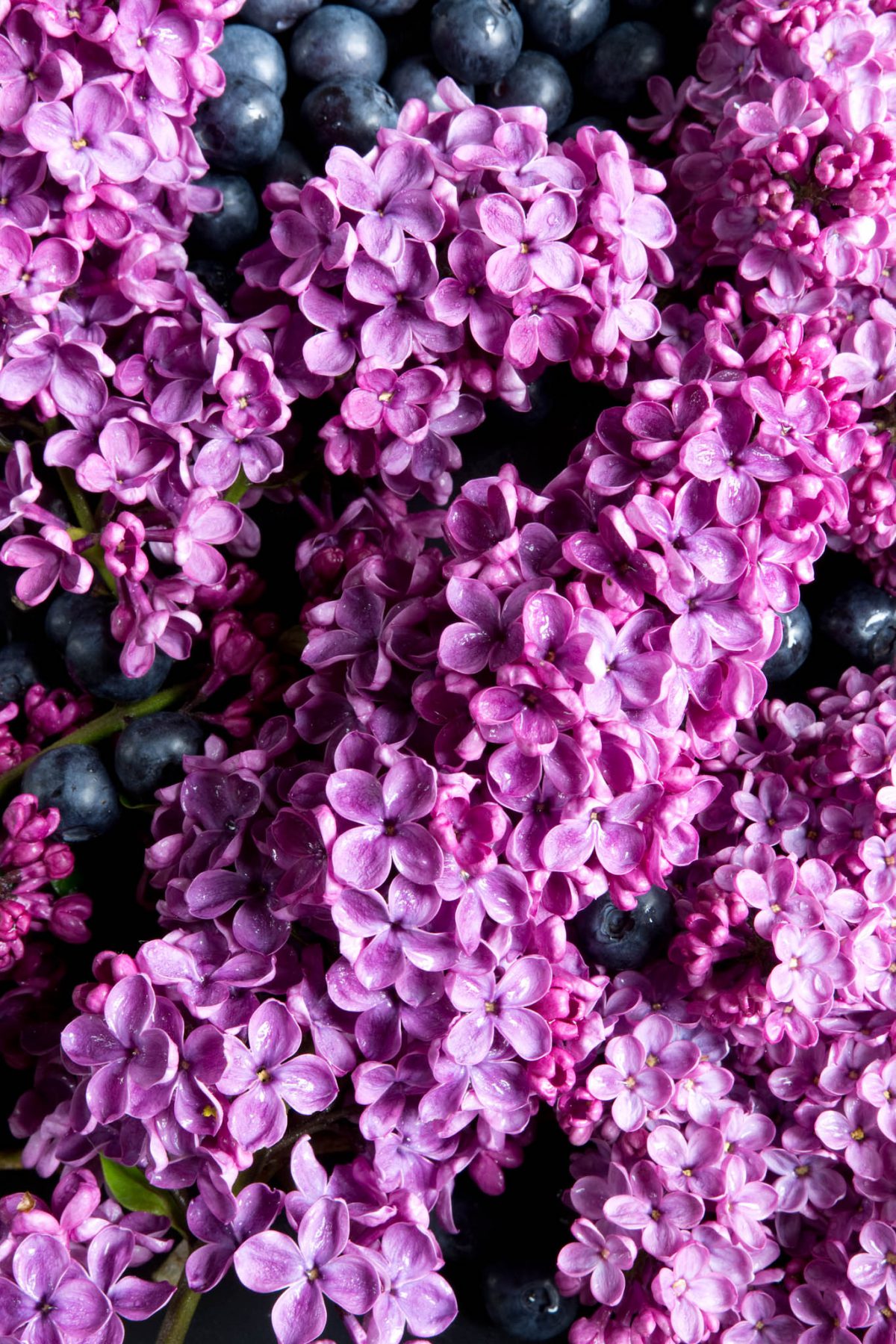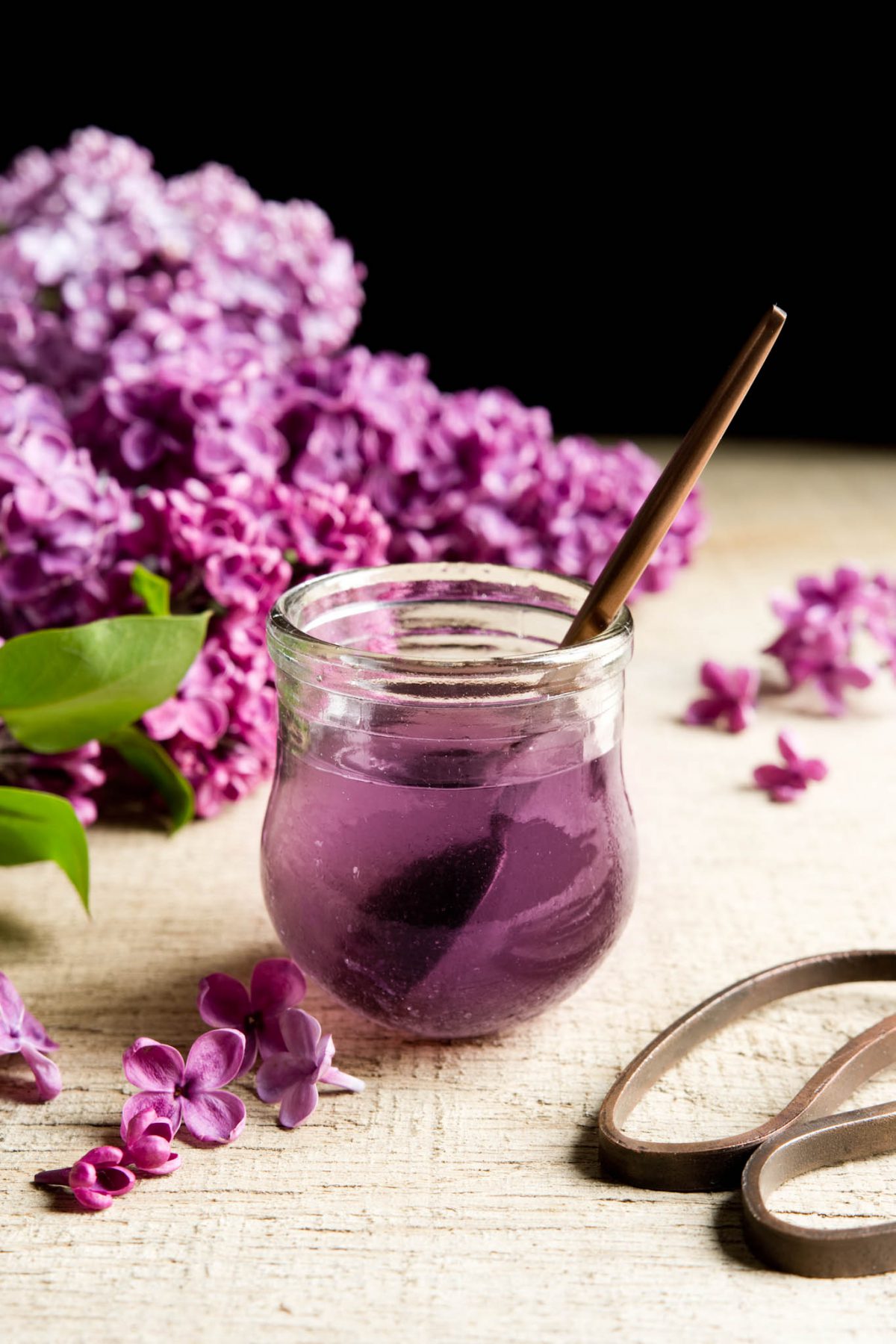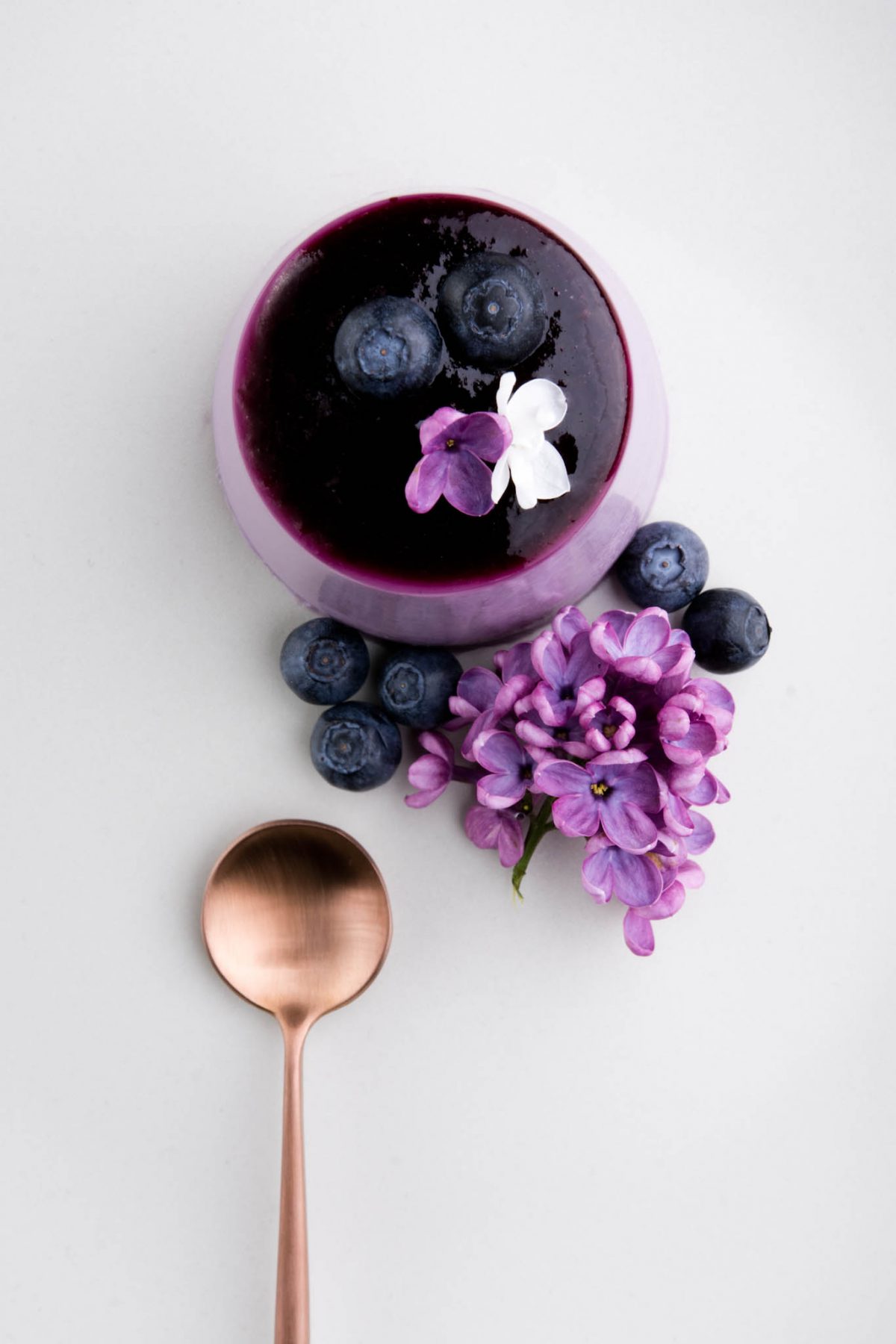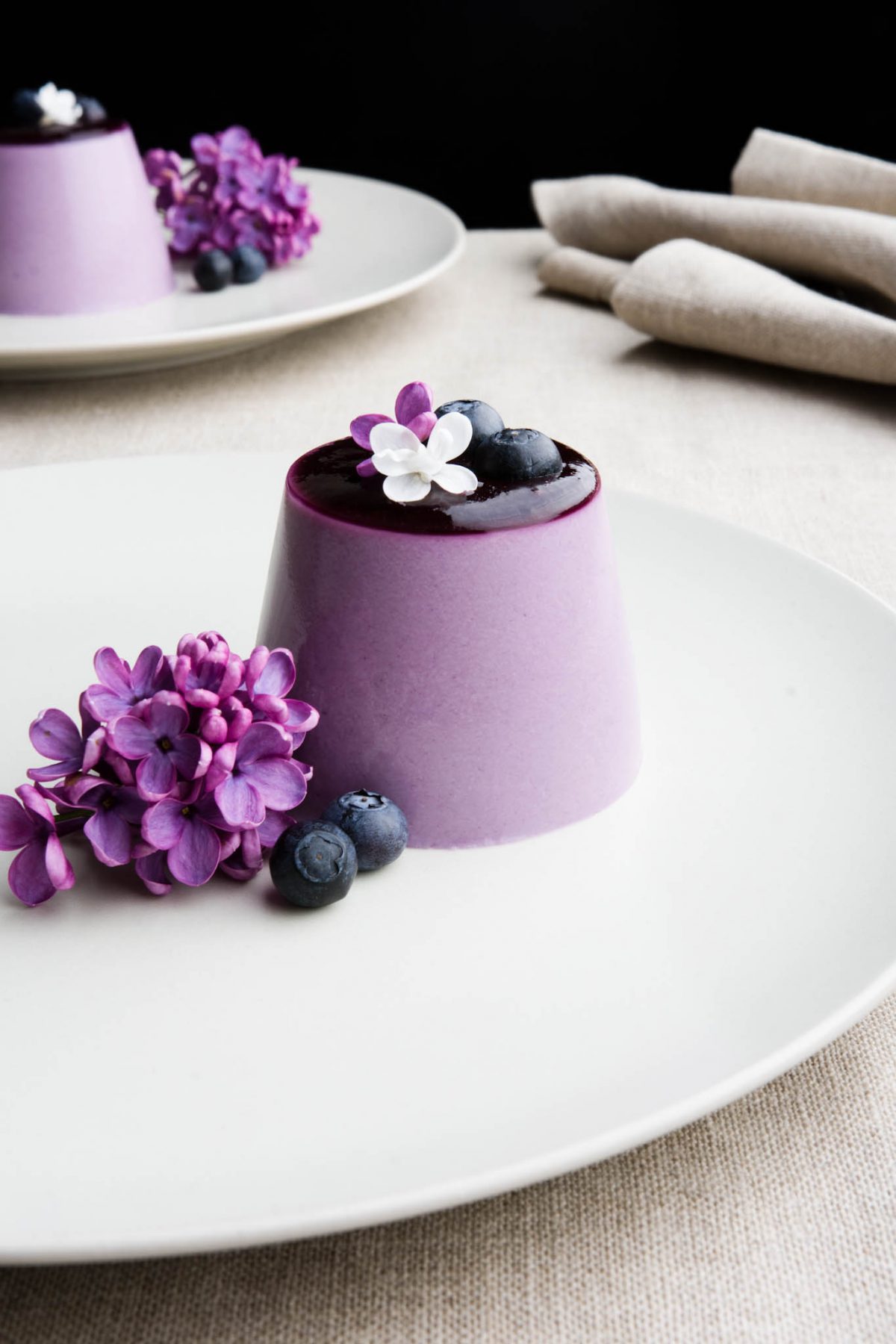

Our Hidden Gem
When we first moved into the building that is now our home and atelier in northern France, it had been consumed by nature. Once the local café, the heart of social activity in a small mining village, it had been left abandoned and forgotten for almost 20 years. There was two inches of mud covering all of the floors, the windows had rotted away and the grounds had turned to jungle. We spent months removing the mud, cleaning the brick walls and cutting back foliage. There was so much overgrowth that upon our first visit we were surprised to find a second building on site that was not much smaller than the main building. It had been concealed by vines, trees and 20 years of moss growth.
A Surprise in the Garden
We ‘got the keys’ in a February, which is a symbolic phrase in this instance, as the front door had been left ajar for nearly as long as the building had been abandoned.
One day, after months of cleaning and tidying we wandered into the garden and were overwhelmed by sight and smell. The entire planted front of our property was a vibrant purple blaze of blooming lilac. We had noticed the trees while clearing and decided to leave them not knowing what they were. We are so glad that we did. Over the years, we preserved the new shoots that spurt up from the undergrowth and now have a thick lilac forest in the garden. The bloom happens in May. The small flowers are perfect for about a week but then start to degrade soon after. The window for dining with fresh lilacs is small but greatly anticipated in our house.
A Purple Panna Cotta
Lilac has an appetizing smell, it is intoxicating, delicious and a wonderful, subtle floral flavor to add to sweet food. I make it into a simple syrup and use it in deserts, gelato and as a cordial after a long hot summer’s day in the garden. A couple of months ago I was browsing the internet and came across the website of Vincent Guiheneuf. He had made an exquisite blueberry and violet panna cotta with white chocolate and meringue. I was captivated by the colour of the panna cotta. It immediately reminded me of my lilacs, so I decided to try it by substituting his violet syrup for my lilac syrup.

Making lilac syrup can give you all sorts of colour results but I find that I get a purple syrup if I use the darkest purple lilac flowers, within a day or two of them blooming. The warmer and sunnier it is, the quicker the lilacs begin to fade. The lighter the lilac, the less pigment available to colour the syrup. Of course, in a dish like this, the colour of the syrup becomes irrelevant. The blueberries do all of the work in creating this magical colour.
I serve this dish with a white chocolate ganache, typically in a small pouring vessel so that guests can manage their own serving. This is officially my favorite desert. The flavours are incredible. The texture divine. It is a show stopping desert. Guests will relish with delight at the plate laid before them.
I recommend that you make each element in the order that I have written them.
Ingredients
For the lilac syrup
- 1 cup of lilac flowers – pushed in to the cup but not crushed and compacted
- 240 g white sugar
- 250 ml water
For the panna cotta – makes two panna cottas as shown in the photos
- 3 grams of gelatin sheet – see note at bottom of page
- 200 ml cream full cream
- 80 grams blueberries
- 30 grams lilac syrup
- 40 grams white sugar
For the blueberry coulis
- 100 grams fresh blueberries
- 30 grams white sugar
- 10 ml lemon juice
For the white chocolate ganache
- 60 grams full cream
- 100 grams white chocolate
For plating
- 5-8 blueberries per plate
- A small handful of lilac flowers
Method
For the lilac syrup
Remove the individual lilac flowers from their stem. Be sure to only take the purple flowers, discard all brown flowers and green stems. Wash lilac flowers.
Place flowers, sugar and water in a saucepan. On medium heat, bring to a simmer and continue to simmer for 10 mins. Remove from heat and strain through a wire strainer. Use the back of a metal spoon to push as much colour and flavor out of the flowers as possible.
Allow syrup to cool to room temperature then refrigerate. Can be made a week in advance.
For the panna cotta
Place gelatin sheets in enough cold water to cover the sheets. If you haven’t used them before, don’t worry about the gelatin sheets dissolving, they will hold together as a sheet in the cold water but will become floppy.
Place cream, blueberries, lilac syrup and sugar in a saucepan. Over medium heat bring to almost a simmer. When you start seeing bubbles remove from heat and blend with a stick blender until smooth. Return to medium heat and bring to a simmer. Remove from heat. Take gelatin sheets from water and shake off excess water. Add to hot cream and gently stir until dissolved and well incorporated.
Strain the panna cotta mixture through a wire strainer. Pour into moulds and cool to room temperature uncovered. This will take at least an hour. Once at room temperature, cover and place in the fridge over night. Can be made a couple of days in advance.
For the blueberry coulis
Make the blueberry coulis on the day of serving. Add blueberries, sugar and lemon juice to a saucepan and blend with a stick blender until smooth. Over medium heat, bring to a simmer and simmer until the coulis has thickened. Similar to the consistency of traditional jam but not dry.
Set aside and allow to cool to room temperature.
For the ganache
Chop the chocolate into small pieces or shavings and place in a clean bowl. Set aside.
Put cream into a small saucepan. Over medium heat, bring to a simmer. Don’t take your eyes off it. Cream tends to boil over very quickly. Remove from heat and whisk it into the white chocolate. Keep whisking until the chocolate has completely dissolved and you have a smooth ganache. Pour into a small pouring vessel. Individual vessels per guest are thoughtful but if in a shared vessel, the fight over the remaining ganache can make things fun.
In terms of timing during dining, make the ganache as close as possible to serving. I put the saucepan with the cream in the fridge and I leave the shaved chocolate in the bowl at room temperature ready and waiting. When the main course is finished, I quickly make the ganache and pour it into the serving vessel. Then I plate the panna cotta.
Plating
Make sure that your utensils, plates and all ingredients are cool to room temperature. Putting anything warm on or under the panna cotta will melt it. Wash the fresh lilac flowers and blueberries and lay them on a towel to dry.
To remove the panna cotta from the moulds, take a sharp knife. Holding the panna cotta on its side, place the point of the knife between the inside of the mould and the panna cotta. Push the knife in slowly being careful not to pierce the panna cotta. The weight of the panna cotta will start to pull it away from the edges of the mould, let gravity help you. Once it starts to peel away, begin to roll the mould progressively until it peels completely from the edges. Keep holding the mould on its side.
Place the plate against the opening of the mould while still on its side, precisely where you would like the panna cotta to be on the plate then turn the mould upside down with the plate underneath. Just as you would turn out a jelly. If you are having trouble getting them out you can quickly dip the bottom of the mould into very hot water, be careful not to allow any water into the panna cotta.
Using a small spoon, place some of the coulis on top of each panna cotta. Using the back of the spoon, carefully spread the coulis to the edge of the panna cotta.
Decorate each plate with blueberries and flowers. I often slice the bottom third off of one of the blueberries so that it looks submerged into the top of the panna cotta.
Don’t forget to put the ganache on the table!
….. Voila!
Notes
A note on gelatin: A great panna cotta has the quintessential ‘belly’. The less gelatin, the more ‘belly’ but also the higher the risk of the panna cotta collapsing or melting. If you are dining in a hot environment or if this is your first panna cotta, then use 3g of gelatin. As you gain experience in making panna cotta, you can reduce the gelatin to 2g. This recipe has been tested with as little as 1.6g of gelatin which produces an absolutely delightful texture and the plumpest ‘belly’. In the photographs I have used 3g of gelatin in order to buy time for styling and photography. For entertaining, I make it with 2g. This has proven to be manageable when plating up for a number of guests but also achieves the highly desirable panna cotta ‘belly’.
A note on the ganache: If you would like the ganache thinner, add more hot cream. If you would like it thicker add more shaved chocolate.
Photo 3: CROP linen tablecloth in flax and CROP linen napkin in flax. Photos 2 & 4: Cutipol spoon.



EMELITA
i AM A FAN OF PANNACOTAS AND WILL DEFINITELY WILL TRY THIS ON MY HUSBAND’S BIRTHDAY NEXT MONTH. THANK YOU FOR SHARING.
AMY S.
Rosalin
Hi. Thank for sharing the recipe. The panna cotta looks so pretty ????????
We don’t have lilac flowers here. What can I substitute it with? If omitted, is it going to affect the colour?
kathryn
Hello Rosalin. Thank you for your lovely comment. You can omit the lilac flowers, they don’t really contribute to the colour. Their role is to provide a unique floral aroma. Just make a simple syrup without the flowers and the recipe will turn out as expected. You can use purple pansies or another edible flower to plate up instead of the lilacs. Best of luck, I’d love to hear how it turns out.
Rosalin
Hi Kathryn, it came out wonderful ???? lovely texture, beautiful colour and so delicious. Thanks again for sharing the recipe. I’ve added it to my favorites list ????